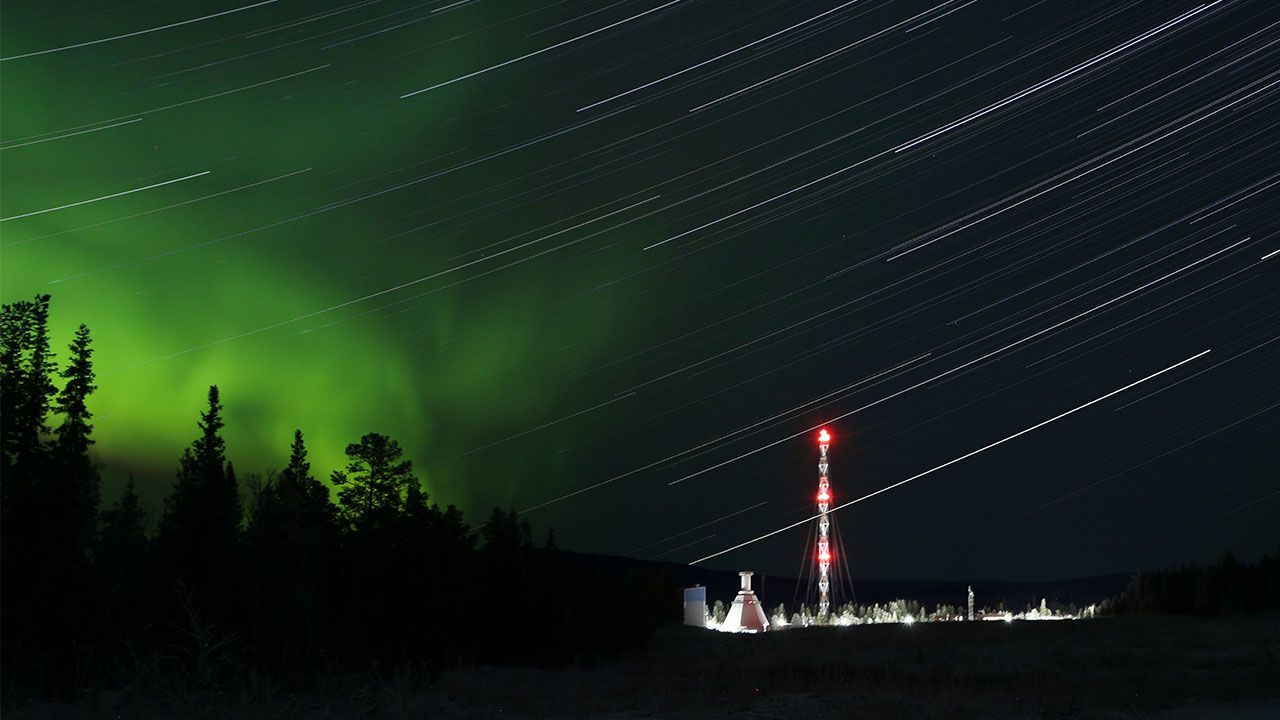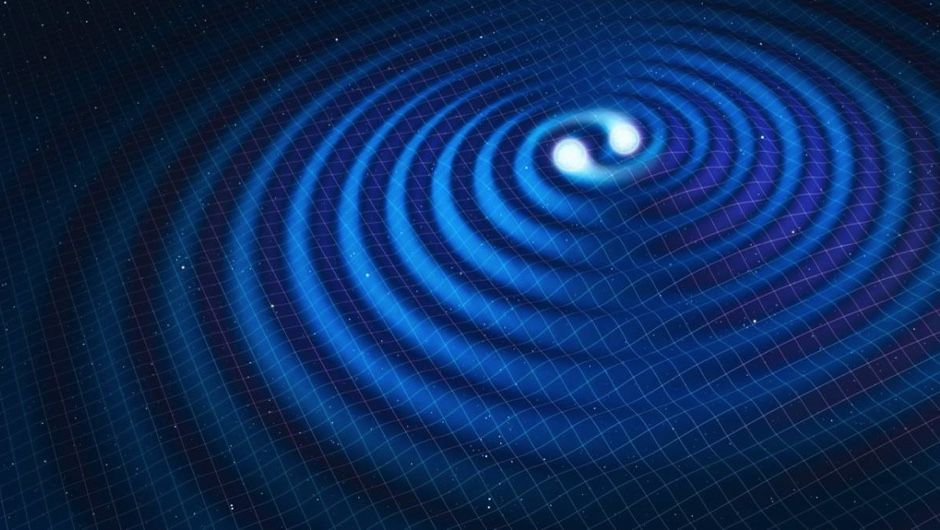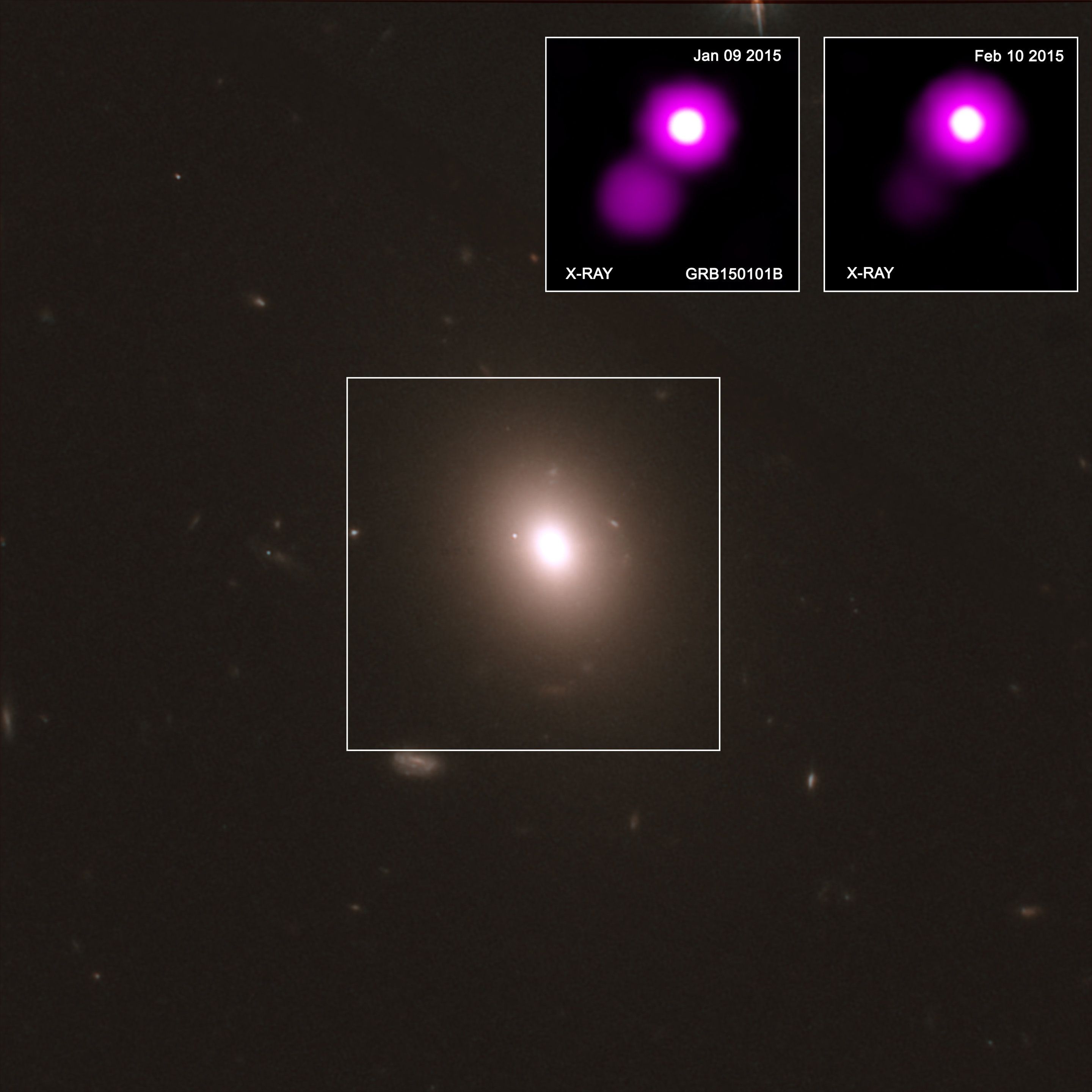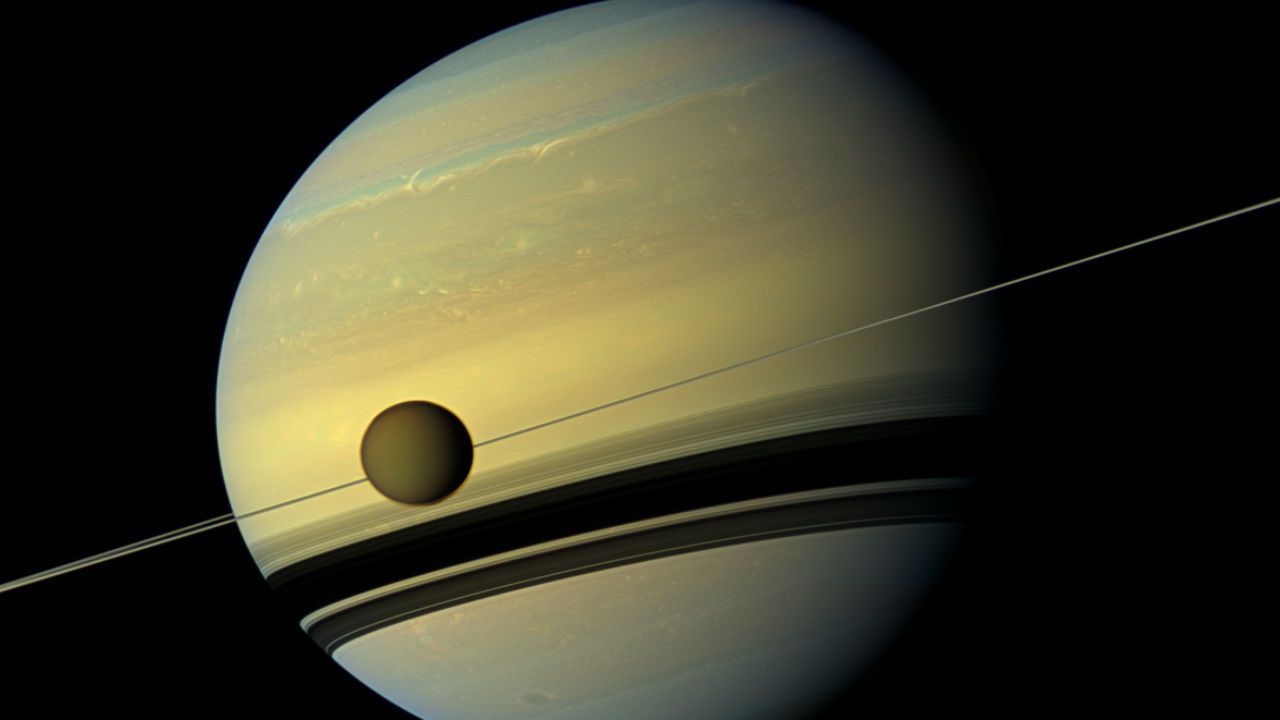Archive for the ‘space’ category: Page 837
Oct 18, 2018
Rare state of matter is created in space for the first time
Posted by Genevieve Klien in categories: particle physics, space
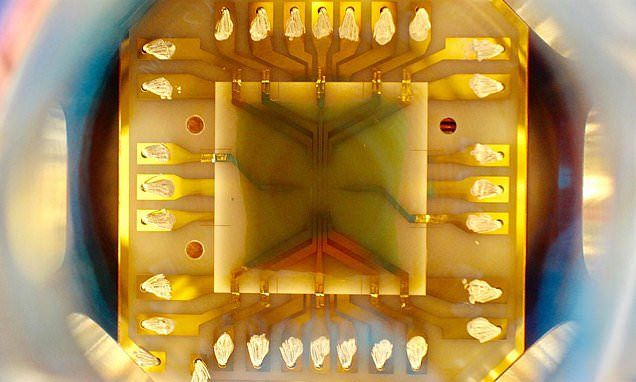
The German space agency DLR carried out the tests in January last year on the MAIUS 1 rocket, beating NASA’s Cold Atom Laboratory who have also since produced a BEC in space.
The findings have been published this week in the journal Nature.
Continue reading “Rare state of matter is created in space for the first time” »
Oct 17, 2018
Weird state of matter produced in space for first time
Posted by Genevieve Klien in categories: particle physics, space
According to Einstein’s General Relativity, gravity travels at the speed of light. Proving it is far from simple, though: unlike light, gravity can’t simply be switched on and off, and is also extremely weak.
Over the years, various attempts have been made to measure the speed using studies of astronomical phenomena, such as the time delay of light as it passes through the huge gravitational field of Jupiter. While the results have been broadly in line with Einstein’s prediction, they’ve lacked the precision needed for compelling evidence. That’s now been provided by the celebrated detection of gravitational waves. Analysis of the signals picked up by the two giant LIGO instruments in the US has confirmed that gravity does indeed travel through space at the speed of light.
Oct 17, 2018
Plans for a Modular Martian Base on that Would Provide its own Radiation Shielding
Posted by Klaus Baldauf in category: space
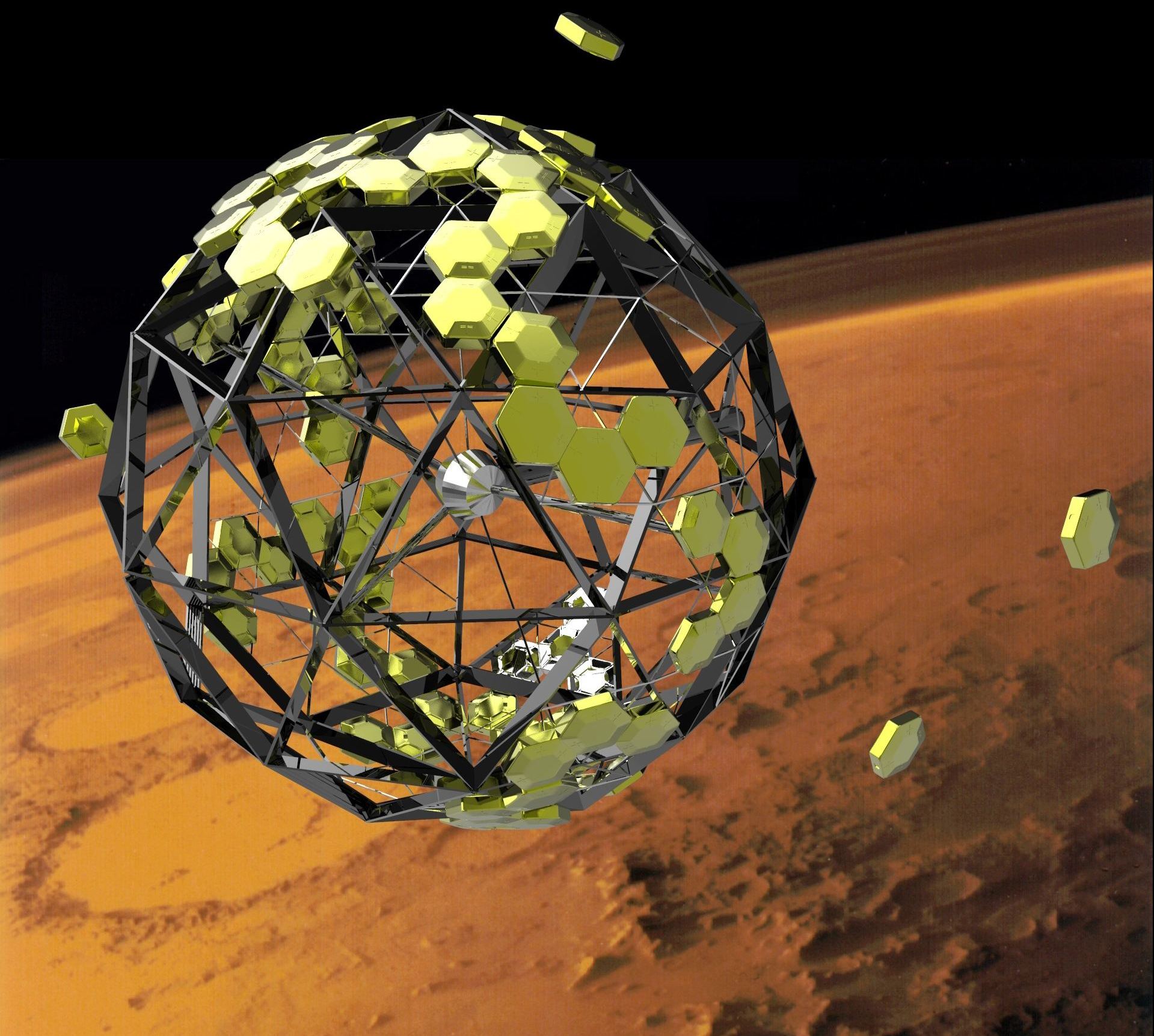
At this year’s AIAA Space and Astronautics Forum and Exposition, engineer Marco Peroni presented his proposal for a modular Martian base that would provide its own radiation shielding.
The famed astrophysicist sits down with CBS News Chief White House Correspondent Major Garret for “The Takeout”.
Oct 16, 2018
All in the family: Kin of gravitational wave source discovered
Posted by Genevieve Klien in categories: physics, space
On October 16, 2017, an international group of astronomers and physicists excitedly reported the first simultaneous detection of light and gravitational waves from the same source—a merger of two neutron stars. Now, a team that includes several University of Maryland astronomers has identified a direct relative of that historic event.
Oct 16, 2018
Physics: Not everything is where it seems to be
Posted by Genevieve Klien in categories: particle physics, quantum physics, space
Scientists at TU Wien, the University of Innsbruck and the ÖAW have for the first time demonstrated a wave effect that can lead to measurement errors in the optical position estimation of objects. The work now published in Nature Physics could have consequences for optical microscopy and optical astronomy, but could also play a role in position measurements using sound, radar, or gravitational waves.
With modern optical imaging techniques, the position of objects can be measured with a precision that reaches a few nanometers. These techniques are used in the laboratory, for example, to determine the position of atoms in quantum experiments.
“We want to know the position of our quantum bits very precisely so that we can manipulate and measure them with laser beams,” explains Gabriel Araneda from the Department of Experimental Physics at the University of Innsbruck.
Oct 15, 2018
Moons of moons could exist, and scientists call them ‘moonmoons’
Posted by Michael Lance in category: space
Oct 15, 2018
A first look at China’s Mars simulation base out in the Gobi Desert
Posted by Klaus Baldauf in categories: climatology, space

China’s first Mars simulation base opened to the press on Friday in Gansu Province in the northwest of the country, providing a glimpse of the project mainly intended to popularise space among youth.
The base is located in the Gobi Desert, 40 kilometres away from the downtown area of Jinchang, a city in Gansu. The natural features, landscape and climate are being described as resembling Martian conditions.
Continue reading “A first look at China’s Mars simulation base out in the Gobi Desert” »

